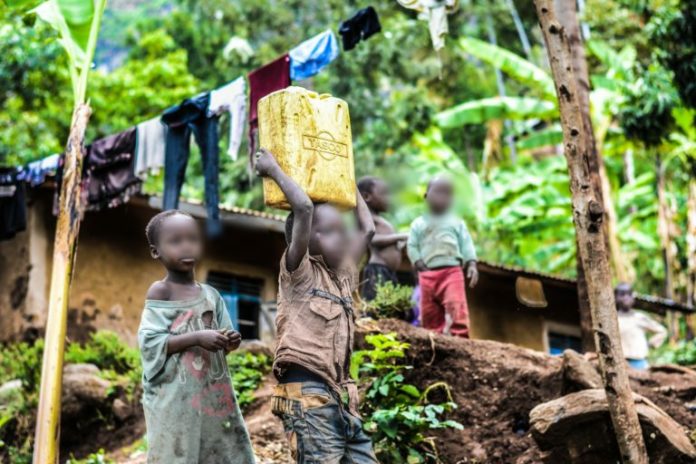By Edith Atieno, DevReporter, Kisumu County

Eradicating violence against children requires concerted effort encompassing the individual, governmental social protection agencies and other relevant stakeholders. Collaborations between state and non-state actors are necessary in the endeavour to protect children against violence.
The 2019 Violence Against Children Survey by the Kenya government shows that 46 and 52 percent of 18 to 24 year old women and men respectively faced at least one type of violence during their childhood.
Violence against children can be physical, emotional or psychological. This includes but not limited to maltreatment, bullying and sexual abuse. According to Sexual Offences Act 2009, a person found guilty of offenses like attempted defilement of a child can face up to ten years in prison.
Children mostly experience these forms of violence in their immediate environments like home and school, with perpetrators well known to the victims.
“Back in the day, I used to labour in my neighbour’s farm and sugar plantation for pay so that we could have an adequate meal,” says Engineer Wickliffe Noi from Kisumu County. He adds: “I did not see anything wrong then since it meant a full stomach even with an exhausted aching body but now that I know better, no child should be made to go through what I did”.
The Children Bill 2021 and Protection Against Domestic Violence Act 2015 are proposal and legislation that are aimed at addressing issues around child labour and violence against children.
Despite social protection services being devolved, the number of reported cases of child abuse does not match their occurrences at the grassroots.
Ending Violence Against Children at Home
In the current election campaign period, most children from poor households are being left at home alone or with caregivers while parents attend rallies of various political parties hoping to at least get handouts from politicians. This creates an opportunity for the occurrence of all forms of abuses on the vulnerable children.
To effectively curb child violence at home, there should be regulations that clearly define the responsibilities of children and adults. Most times, children are burdened with responsibilities not meant for them.
Emotional bonding between children, parents or guardians is also a measure to mitigate violence against children at home. Ensuring adequate family time will build respect, trust and understanding between parents and children. Proper parenting skills should be imparted especially in young inexperienced parents through seminars and support groups.
Since poverty is a major cause of domestic violence, strengthening households economically is a useful intervention to end violence against children at home.
Ending Violence Against Children in Communities
It is important that attitudes and behaviours that normalise violence within communities are changed.
According to Pastor Michael Kimani, “we need to eradicate social and gender norms that create a normalised violence platform like condoning aggressive behaviours especially among the male gender in our community”.
For exmaple, in the Luo community, boys are given names like or Sibuor and Kwach, names that translate to Lion and Tiger respectively. Such names portray them as violent, often prompting them to do anything to live up to the names and this leads to them displaying inexcusable behaviours as they grow and develop.
Government agencies should also enforce social protection so that children who are vulnerable are not taken advantage of like being forced into child labour. Child labour condemns children into a cycle of poverty.
Ending violence against children is an attainable goal. Examples are efforts being made by organisations like Pamoja Community Based Organisation in Seme Sub-County in which Orphaned and Vulnerable Children (OVC) are protected, and Umoja Self-Help Group in Kanyawegi village, Kisumu-West Constituency, which uses the Harambee spirit to sponsor less privileged kids attain education.
Related stories






